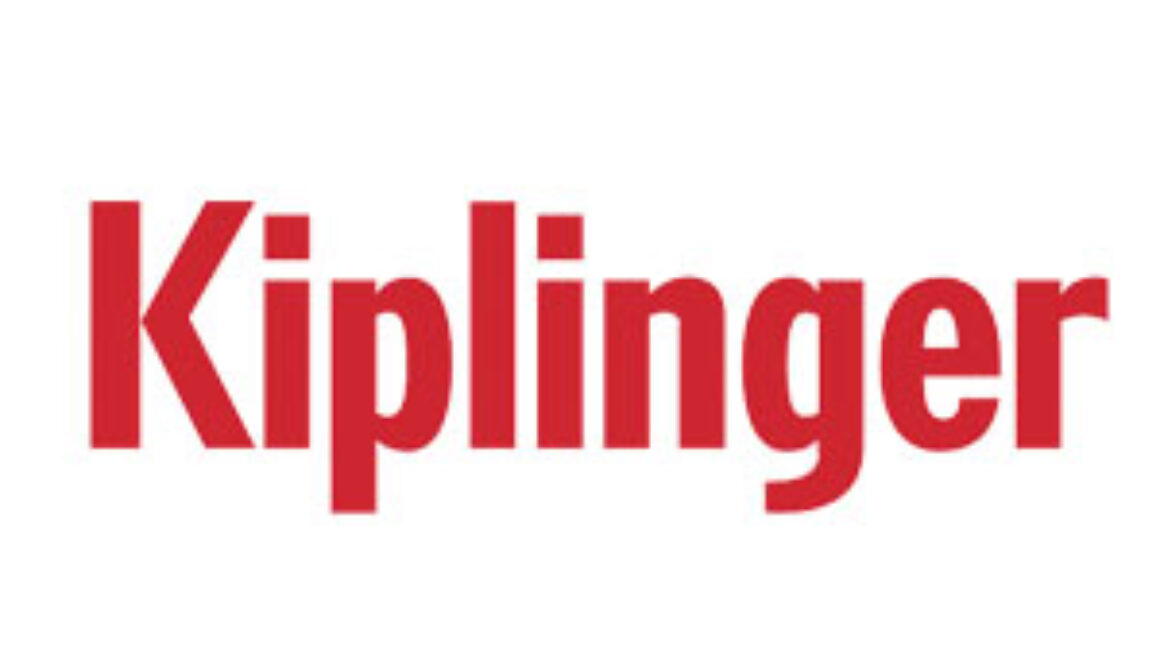
Maria Alcoke
Posts by Maria Alcoke:


Suburban Life: Wealth & Wellness
Wealth and WellnessPhysicians turn to Mark Fried of TFG Wealth Management to ensure the health and security of their financial futures
by Bill Donahue
Physicians devote their lives to healing the sick and injured. In fact, some give so much of themselves to their profession that other parts of their lives—planning for the retirement of their dreams, for example—inevitably suffer. Enter Mark Fried, a wealth strategist who spends his time, energy and expertise caring for the financial futures of his clients, many of whom are physicians. CLICK TO READ FULL ARTICLE




Investing for Retirement Part 2
While the key concern before retirement is how to grow your investments, proper financial management in retirement involves much more. When trying to choose the most appropriate investment strategy or strategies, you will face a series of concerns that push and pull you in different directions. I am not going to go into each concern here but you can find a detailed discussion of these issues in my book Road Rules For Retirement.
Investing for retirement all starts with income. No matter what your account balance states, getting the money from your retirement account into your pocket can be challenging in good and bad times.
While investing for growth is exciting, if you depend on growth for the majority of your retirement income then reverse dollar cost averaging, bad luck or bad timing can blow your retirement plan up in a single year.
You will constantly be facing difficult decisions about how to generate income from your growth investments. If your investments are moving up, which fund or stock are you going to sell your winners, your losers, maybe a little of everything? If the markets and your investments are down, are you going to take a pay cut? Again, you have to choose which investment you are going to sell in order to generate income.
Income investing means focusing on cashflow . As an example, a dividend stock paying $100 dollars a year will continue to pay $100 a year whether the market is up or down so long as their business remains well managed and viable. Bonds pay interest on a regular predictable basis regardless of their current market value.
Let’s go back to the example I used in my last blog about how past generations invested their money. It was all about matching cashflow to expenses. Money flowing in equals money flowing out regardless which direction the economic winds were blowing.
Your key decision should be much of your money, how much of your retirement savings is going to be committed to income oriented investments and how much is going to be committed to growth oriented investments.
I will share the formula I use to balance these two types of investments strategies in my next blog.
My best, Mark
Please take a quick minute to learn more about how the U.S. is doing. How is the economy doing? A closer look at GDP

Investing for Retirement & US Economic Review
In the good old days, investing for retirement was so much easier. Government and Corporate Bonds were paying 7% to 8%. A 3 to 5 year CD paid close to 5%. Maybe, you purchased a few dividend stocks. Then all you had to do is sit back and collect the checks with the knowledge that your nestegg was secure.
Not only have the rules of investing for retirement changed but we are not even playing in the same ballpark. Interest rates are at rock bottom with no movement in site. Dividend yields are good but there is risk on the horizon.
This doesn’t even take into account tax costs, required minimum distributions, healthcare costs and much much more that needs to be considered. Its not just how much you make but how much you keep.
So let’s set the destination. This means having a good understanding of how much you need in retirement to live on, what kind of tax costs are you expecting down the road? how is your health? are you going to move? and many more questions.
That brings us to your nestegg. Do you have enough? Do you have enough to generate income for the rest of your life? Will you need to invade principal to get there?
We believe in the income layered approach or purpose based investing. Let’s say you need $10,000 a month net to live on plus inflation. Now subtract social security (modified for medicare costs), pension or annuity income which leaves the net amount you need to generate from your investments.
Let’s say you need to generate 4% a year to earn enough for the income you need. Do you just sell everything and move it into dividend and interest bearing accounts. Maybe not such a good idea given the volatility we have experienced.
This is where investing in retirement differs from just investing for pure growth.
In my next blog, which will be out in two weeks, I will go into more detail about the nuts and bolts of re-positioning your portfolio for the future. Plus discuss some potholes to avoid.
I have also attached an article about the US Economy and to put things into perspective.
My best, Mark
Diversification without Discipline is Just Guessing
A key component to building a portfolio is using diversification which reduces your risk/volatility. This is very important when you are approaching retirement because of the potential damage volatility can do to a well planned retirement strategy.
The challenge is, when creating a diversified portfolio, some of your investments will be on the rise while others seem destined to never achieve any level of success. Because market cycles and economic cycles are so unpredictable, this may continue for months or years.
Over time, it is only natural to want to sell off the losers and buy more of those winners. When you finally decide to make that trade, it is almost always too late in the cycle. A few weeks or months later, all those winners you kept become losers and the losers you sold start hitting their all time highs.
This may sound like a bit of an exaggeration but I am sure everyone reading this blog has had this experience.
When you commit to a diversified portfolio, sometimes it requires a strong stomach and good constitution to ride through the tough times.
Why should we worry about this?
The chart below compares the annual return for four different asset classes over different periods of time in the market.

During the period 2002-2007, the Small Cap Value index beat all other indexes by a significant amount on average. This was followed by a strong run up in Large Cap Growth Stocks during the period 2008 -2015. Then back to Small Cap Value.
Markets move in cycles, trends occur but we never know for how long and when they will change. These differences are even larger when we start adding in other asset classes in the U.S. and globally.
It takes discipline to stay invested and diversified. Retirement is a long time. Don’t get caught out of balance.
The right diversified model is different for everyone. Make sure that your overall investment strategy is based on your goals not just as a response to temporary market cycles which can and will change over time.
Create a plan, build a portfolio to match your plan and stay disciplined. Success doesn’t happen by accident.
My best, Mark
